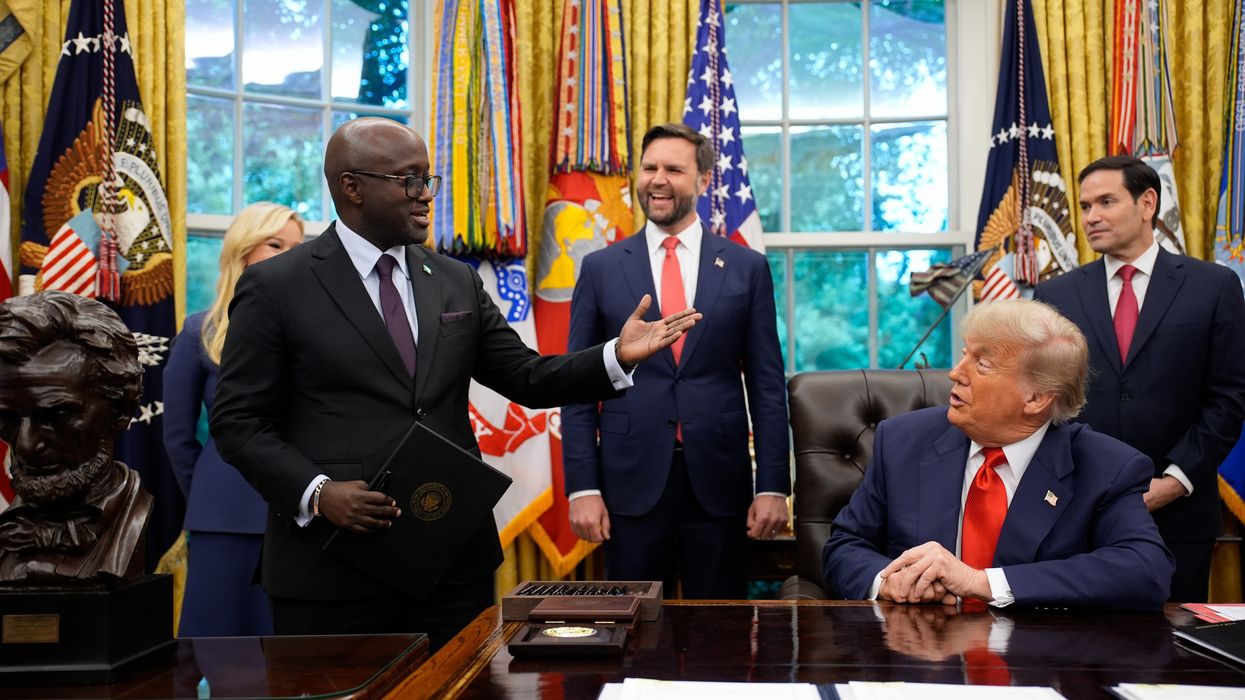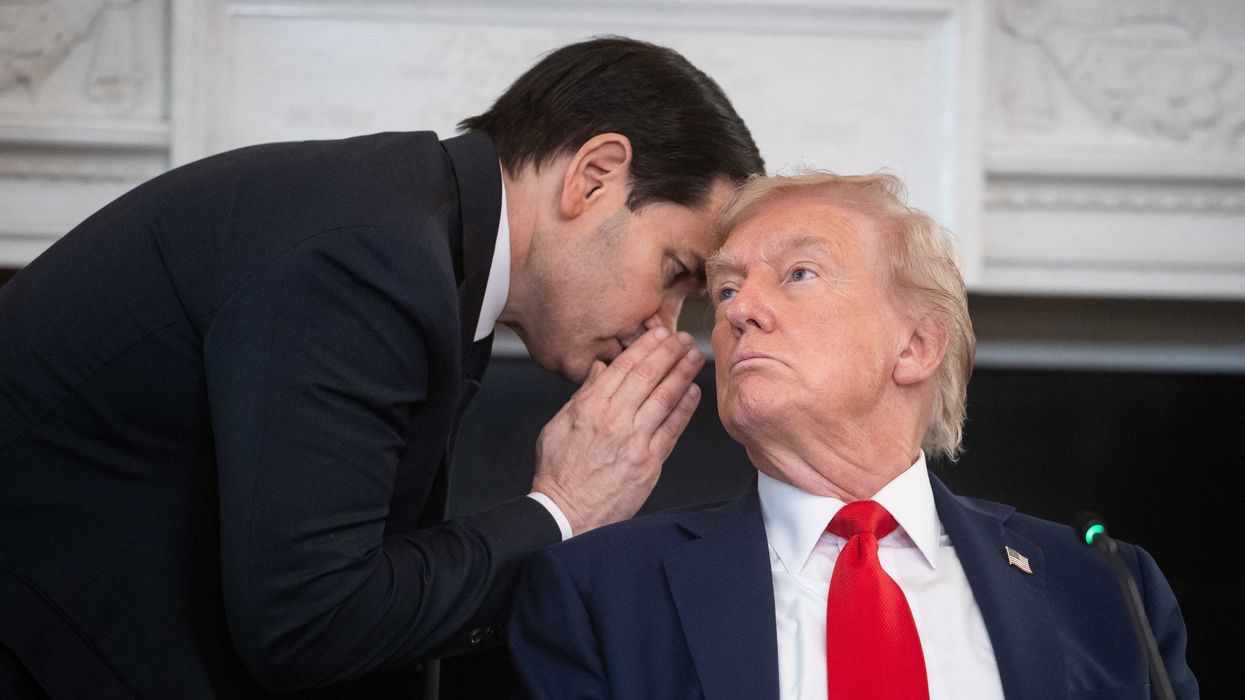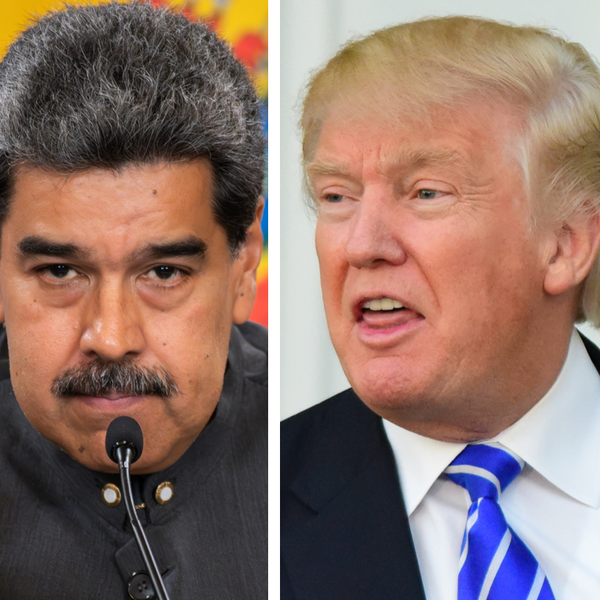Harry Truman never ordered the atomic bombing of Hiroshima. He just didn’t do anything to stop it.
Plans for the bombing were well underway by the time Truman assumed the presidency in April 1945 and Truman did nothing to alter them. He appears to have been surprised by the rapid second attack on Nagasaki and only intervened after learning a third strike was planned. A hand-written directive went to General Lester Groves, ordering him to stand down unless he had “express authority from the President,” notes the general’s biographer, Robert Norris.
Up to that point, all the key decisions had been made under Groves’ guidance, as the military head of the fabled Manhattan Project. Groves saw Truman’s role as the public legitimizer of the military’s decisions, “As far as I was concerned,” said Groves, “his decision was one of noninterference — basically a decision not to upset the existing plans.”
That remains the attitude of the nuclear bureaucracy today — a complex much more powerful than anything Groves commanded and one that is adamant about not upsetting the programs and polices forged during the Cold War. “There’s no points of debate” in the internal discussions, a former Pentagon official said recently. Rather than working to implement President Joe Biden’s long-held views on restraining the massive destructive power of the nuclear arsenal, the Pentagon has rigged the system to marginalize the president.
Politico reported that “Pentagon officials and their hawkish allies…are arguing to keep the status quo.” It would take a significant push by Biden to reverse their plans. The Pentagon holds all the cards.
First, the Pentagon controls the pen. Pentagon officials run the Nuclear Posture Review that early next year will produce the official public presentation of the nation’s nuclear policy. This means that instead of a process that gives equal voice to the State Department and the National Security Council, the policy is drafted by officials with the most stake in existing programs.
Second, dissent is squashed. Earlier this year, as Responsible Statecraft reported, Deputy Assistant Secretary of Defense Leanor Tomero was fired from her job overseeing the NPR because she insisted the process consider Biden’s views on changing nuclear policy and slowing down programs.
The message was clear: Get in line or get out. The new deputy assistant secretary put in charge, Richard Johnson, is a respected expert but he knows little about nuclear weapons policy compared to Tomero’s years of experience, including as a lead staffer for House Armed Services Committee Chairman Adam Smith (D-Wash.). The Trump-appointed Pentagon staffers who maneuvered to get Tomero fired are still there, and still guiding the process.
Third, the key decisions are made in secret. Johnson has pledged to consult privately with outside national security experts, but this appears to be little more than public relations after the furor over Tomero’s firing. He has largely outsourced the consultative process to the Carnegie Endowment for International Peace. It is fitting that experts will spend a few days giving their views in a conference room in DuPont Circle while the real decisions are made in the rings of the Pentagon and the contractors’ offices that circle it.
Fourth, the forces of reform are simply out gunned. The Congressional Budget Office estimates that the government will spend over $650 billion on new nuclear weapons this decade. Much of that will go to the big five defense contractors: Lockheed Martin, Raytheon, General Dynamics, Boeing and Northrop Grumman, already flush with post-9/11 contracts. To protect those contracts, these arms firms deploy a small army of lobbyists in Washington, run a revolving door that shuttles officials between top policy jobs and top contractor jobs, disperse contracts to nearly every congressional district, contribute generously to lawmakers on the key committees that oversee their programs, are major advertisers in all the publications covering national security and have flooded Washington think tanks over the past 20 years with grants to mute criticism of their programs.
Fifth, the president has other issues demanding his attention. If Biden were allowed to be Biden, it is likely that he would cut back the planned new weapons (expected to cost over $1.8 trillion over the next 25 years) and adopt policies he has long favored, including declaring that the United States would never start a nuclear war (known as a “no first use” policy or “sole purpose”).
But, as one defense said recently, “It’s not likely that sole purpose or no first use will be presented as options.” In other words, while Biden is focused on the pandemic, economic recovery, climate change, racial justice, the 2022 elections and other issues, Pentagon officials will simply neuter the report to exclude deviations from their agenda.
Sixth, the Pentagon is skilled at deploying “the allies” to thwart nuclear policy change. U.S. officials and contractors interested in preserving the status quo orchestrate their colleagues in allied defense ministries to bombard Biden and other top officials with complaints that any change in policy would weaken the alliance. While European publics are supportive of reducing the role and number of nuclear weapons, these views are sidelined in favor of the established bureaucracies. One potential crack in this reform resistance might be a request by a new center-left coalition in Germany that the United States withdraw the dozens of weapons stored in that nation — but that may come too late to counter the “allies’ views” charade.
Finally, the arms control community is small, divided, under-funded and focused primarily on policy analysis. Several have produce excellent reports, for example Global Zero’s Alternative Nuclear Posture Review that detail how a much smaller, more affordable force would “strengthen control over nuclear operation and reduce the risk of their use while maintaining a robust and stable deterrent force.” But these recommendations get little attention in Washington, for all the reasons cited above.
Fundamentally, America’s nuclear posture is driven by contracts, not strategy. Policy debates, no matter how compelling, cannot overcome the sheer power of money to control the process.
To prevail, to assert true civilian control over nuclear policy, President Biden will have to buck his bureaucracy as forcefully as he did to finally end the fruitless war in Afghanistan. Biden could get support from his top advisers who care about nuclear policy, including national security adviser Jake Sullivan and chief of staff Ron Klain. But it will be tough.
“The administration must harness this opportunity to rethink the status quo and not just rubber-stamp the Pentagon and the defense industry’s interest in continuing unnecessary weapons,” Sen. Jeff Merkley (D-Ore.) told the Guardian.
Unless they make this a presidential imperative, Biden will end up playing the role Gen. Groves envisioned for a president: simply present the public justification for the Pentagon’s existing plans.
















